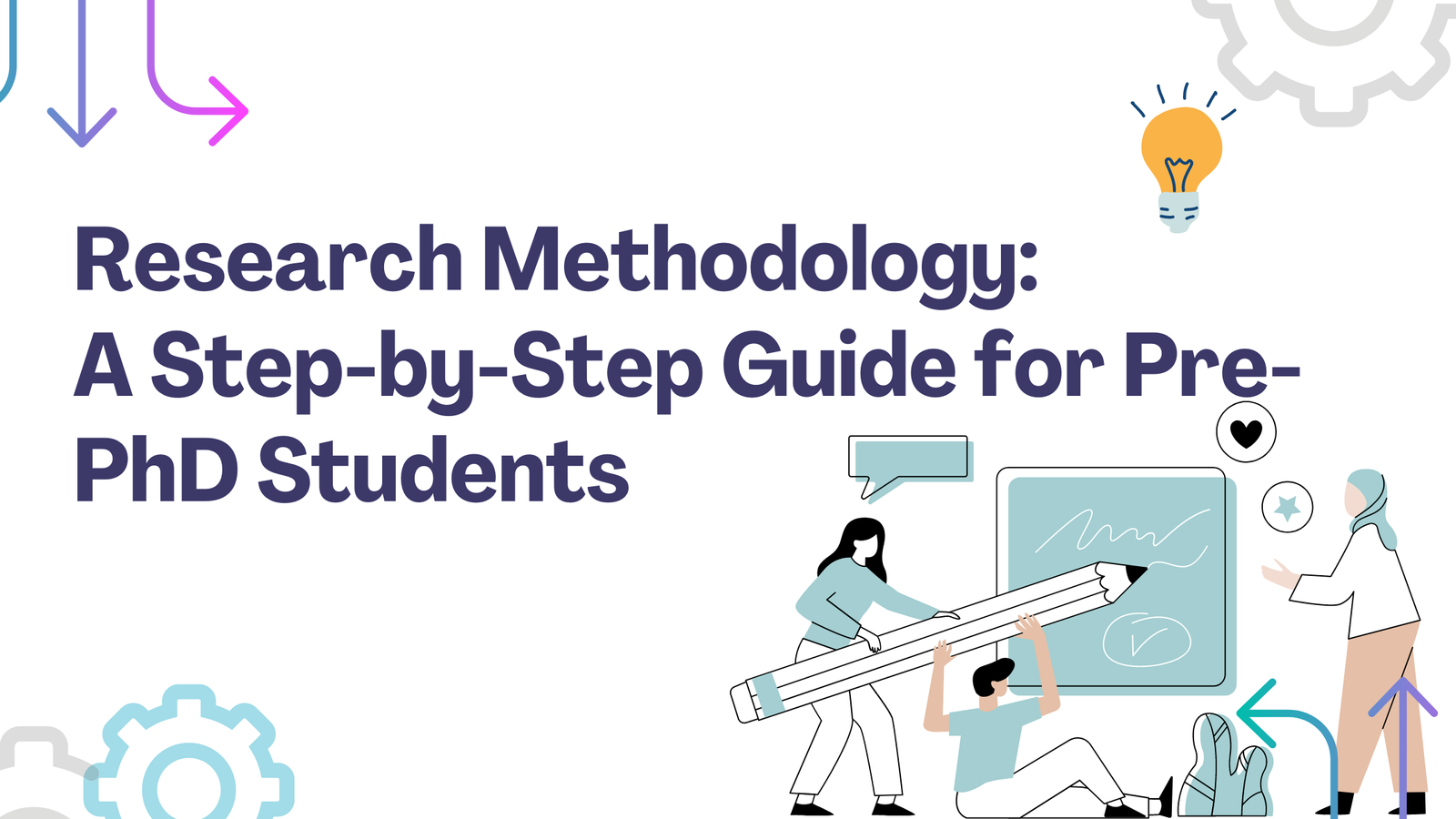How to learn Generative AI models in 2025
How to learn Generative AI
Generative AI (GenAI) is transforming industries by enabling machines to create text, images, audio, code, and more. For a graduate student eager to learn GenAI, it’s essential to build a solid understanding of the underlying models, tools, and techniques. This tutorial will guide you through a structured learning approach, leveraging key models mentioned earlier.
1. Fundamentals of Generative AI
What is Generative AI?
Generative AI is a type of artificial intelligence focused on creating new content, such as text, images, audio, video, and even code, by learning patterns from existing data. Unlike traditional AI, which is designed to analyze data and make predictions, generative AI aims to produce original outputs that mimic human creativity.
How Does Generative AI Work?
Generative AI models are typically powered by advanced machine learning algorithms, particularly deep learning. These models learn from large datasets to understand patterns, relationships, and structures, enabling them to generate novel content. Key techniques include:
Prerequisites
Before diving into GenAI, ensure you have:
-
Mathematics: Linear algebra, probability, and calculus.
-
Programming Skills: Python is essential.
-
Machine Learning Basics: Familiarity with neural networks, backpropagation, and optimization.
-
Deep Learning Frameworks: PyTorch or TensorFlow.
2. Learn Transformer-Based Models
Transformers are the backbone of many generative AI systems.
Step 1: Understand Transformers
-
Read Vaswani et al.'s paper “Attention is All You Need”.
-
Implement a basic transformer from scratch using PyTorch/TensorFlow.
-
Tools: Hugging Face Transformers library.
Step 2: Explore GPT Models
-
GPT-3/4:
-
Learn their architecture and capabilities.
-
Experiment with OpenAI’s API to build applications like chatbots.
-
-
T5:
-
Study text-to-text generation using T5.
-
Practice on datasets like summarization or translation tasks.
-
Step 3: Dive into BERT Variants
-
Understand how models like RoBERTa and DistilBERT improve efficiency.
-
Use them for embedding generation or pretraining tasks.
3. Dive into Diffusion Models
Diffusion models power text-to-image systems like DALL·E and Stable Diffusion.
Step 1: Understand Diffusion Processes
-
Study the theory of denoising diffusion probabilistic models (DDPMs).
-
Implement a basic diffusion model.
Step 2: Work with Stable Diffusion
-
Install and use Stable Diffusion for image generation.
-
Experiment with prompts and fine-tune the model for custom tasks.
Step 3: Experiment with Imagen
-
Review Google’s Imagen for generating photorealistic images.
-
Use pretrained models for text-to-image synthesis.
4. Explore GANs (Generative Adversarial Networks)
GANs are foundational for image generation.
Step 1: Learn GAN Basics
-
Read Goodfellow et al.’s paper introducing GANs.
-
Implement a simple GAN for MNIST digit generation.
Step 2: Study Advanced GANs
-
StyleGAN: Learn to create high-quality images like human faces.
-
CycleGAN: Practice image-to-image translation tasks (e.g., photo to painting).
Step 3: Compare with Diffusion Models
-
Understand how diffusion models outperform GANs in certain domains.
5. Multimodal Models
Multimodal AI combines text, images, and other data types.
Step 1: CLIP
-
Use OpenAI’s CLIP for connecting text and image embeddings.
-
Experiment with prompt engineering.
Step 2: Gato and Flamingo
-
Study DeepMind’s work for general-purpose multimodal tasks.
-
Explore applications combining text, image, and action.
6. Specialized Models for Specific Domains
Step 1: Code Generation
-
Use OpenAI’s Codex for programming tasks.
-
Build applications like GitHub Copilot.
Step 2: Speech and Audio
-
Work with WaveNet for speech synthesis.
-
Experiment with MusicLM for text-to-music generation.
Step 3: Large Multilingual Models
-
Explore BLOOM for multilingual tasks.
-
Practice translation and cross-lingual content creation.
7. Tools and Frameworks
-
Hugging Face: For NLP and multimodal tasks.
-
Stable Diffusion: For image generation.
-
LangChain: For building applications using LLMs.
-
Google Colab: For quick experiments.
-
Docker: For deploying models in production.
8. Build Projects
Capstone Ideas:
-
Chatbot: Build a GPT-based conversational agent.
-
Art Generator: Use Stable Diffusion or DALL·E for creating images.
-
Music Creator: Generate music using MusicLM.
-
Translator: Create a multilingual text generator using BLOOM.
9. Resources and Communities
-
Books: Deep Learning by Ian Goodfellow, Generative Deep Learning by David Foster.
-
Courses:
-
Coursera: Generative AI by DeepLearning.AI.
-
Udemy: Practical Generative AI with Python.
-
-
Communities:
-
Hugging Face forums.
-
Reddit: r/MachineLearning.
-
10. Stay Updated
Generative AI evolves rapidly. Follow:
-
Research papers on arXiv.
-
Blogs by OpenAI, Google AI, DeepMind.
-
Conferences: NeurIPS, CVPR, ICCV.
Learning Generative AI requires a mix of theoretical understanding, practical experimentation, and project development. By systematically approaching key models and tools, you can master the art of GenAI and build innovative applications that push the boundaries of creativity and technology.
Latest Posts

Difference between Qualitative and Quantitative Research with Example
Research methodologies can be broadly categorized into qualitative and quantitative approaches. This article explores these differences using an example, including the use of statistics.

What is Qualitative Research Methodology, Methods and Steps
This comprehensive guide delves into the key aspects of qualitative research methodologies, supported by an example and insights into the qualitative research process.

Prim's Algorithm: Understanding Minimum Spanning Trees
Prim's Algorithm is a greedy algorithm used to find the Minimum Spanning Tree (MST) of a weighted, undirected graph.

Huffman Coding Algorithm Tutorial
Huffman Coding is a widely used algorithm for lossless data compression. It assigns variable-length codes to input characters, with shorter codes assigned to more frequent characters.

A step by step approach to learn Greedy Algorithm - Data Structure and Algorithms
A greedy algorithm is an approach for solving problems by making a sequence of choices, each of which looks best at the moment.

How to write an APA-style research proposal for PhD Admission
Writing a research proposal in APA (American Psychological Association) style involves adhering to specific formatting guidelines and organizational structure.

25 steps for Writing a Research Proposal: From Doctoral Research Proposals to Grant Writing and Project Proposals
In this How to write a research proposal guide, we break down the process of writing a research proposal into 25 detailed sections.

Mastering Linear Regression: A Comprehensive Guide to Data Collection and Analysis for Predictive Modeling
This article provides a comprehensive guide to mastering linear regression, focusing on data collection and analysis.

Apple Unveils Groundbreaking AI Innovations at WWDC 2024: Introducing Apple Intelligence and Siri's ChatGPT Integration
Apple's WWDC 2024 introduces Apple Intelligence, revolutionizing AI integration with smarter Siri, ChatGPT capabilities, and innovative features across iOS, iPadOS, and MacOS for enhanced user experience.

Research Methodology: A Step-by-Step Guide for Pre-PhD Students
research is a journey of discovery, and each step you take brings you closer to finding answers to your research questions.